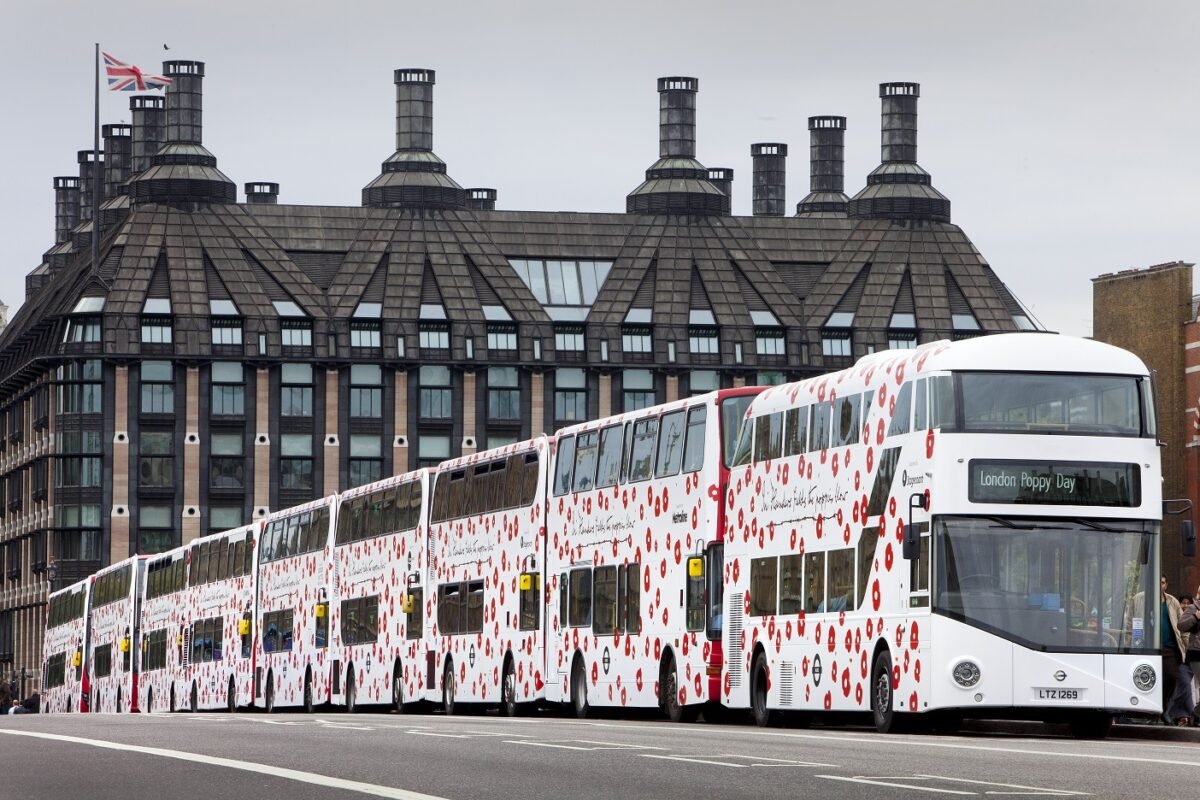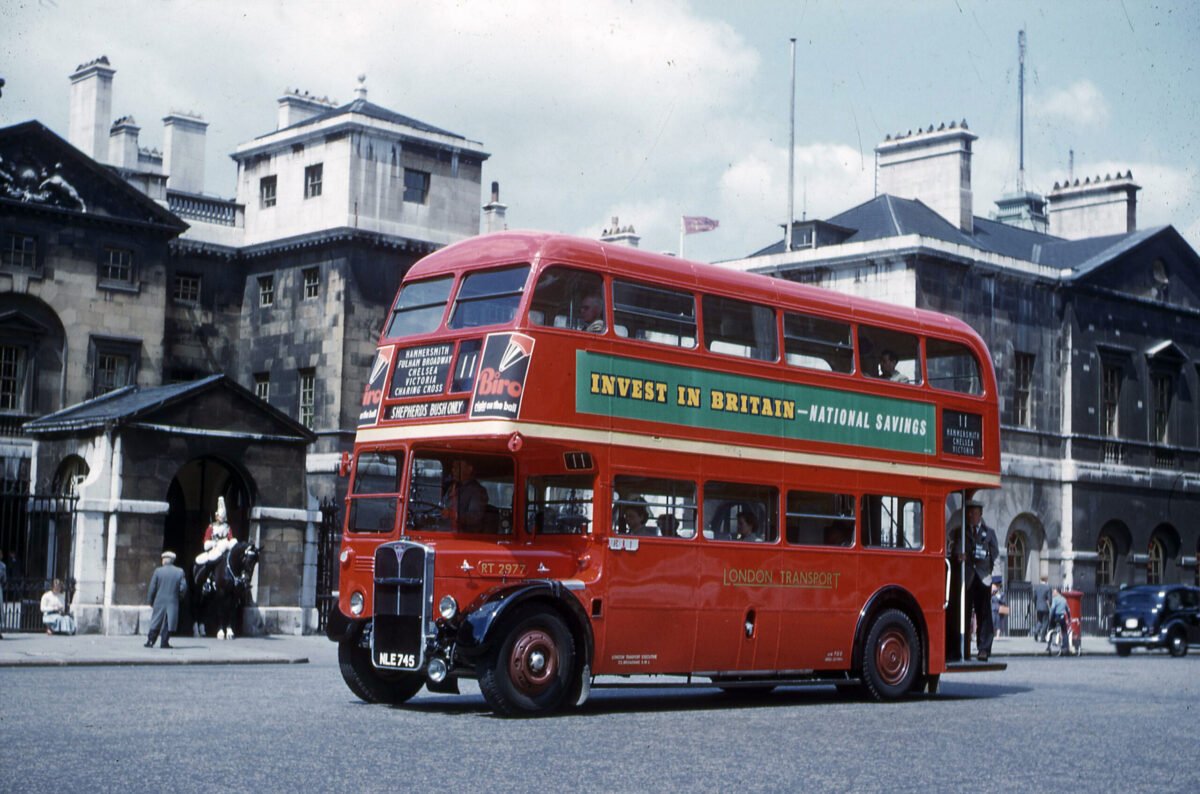Transport for London (TfL) recently published its long-term plan for buses, which will see the modern bus network attract more customers and help the capital become net zero by 2030. Buses are already the most used form of public transport in the capital, and TfL’s Bus Action Plan will create an even more attractive alternative to car use by focusing on five areas:
An inclusive customer experience: a modern, relevant bus network that allows for spontaneous, independent travel, including improved customer information and bus station refurbishment; with actions including upgrading more existing bus stops to meet the wheelchair accessible standard
Safety and security: a safe, secure bus network, with no one killed on or by a bus by 2030, and with all elements of the Bus Safety Standard implemented by 2024; and ensuring all customers and staff feel confident on the bus network travelling day and night, including through improved bus driver training
Faster journeys: a faster and more efficient bus network, with journeys 10% quicker than in 2015, with initiatives including the aim to introduce 25km of new and improved bus lanes by 2025
Improved connections: a bus network better suited to longer trips with better interchanges, especially in outer London; and ensuring London residents remain close to a bus stop
Decarbonisation and climate resilience: a zero-emission bus fleet to tackle climate change and improve air quality, working with operators, boroughs and suppliers to reduce the cost and difficulty of infrastructure upgrades needed to enable the transition of the bus fleet; and safeguarding the network from extreme weather conditions

Louise Cheeseman, TfL’s Director of Buses, said:
“We are excited to set out our bus strategy for the rest of this decade, which is all about creating a bus service reflective of our customers and their evolving needs, supporting a sustainable recovery from the pandemic, making London a net zero city by 2030 and improving people’s safety and wellbeing.
“Investment in buses is imperative in dealing with the climate crisis and cleaning up the toxic air that is damaging our health. Our red bus network is fundamental to preventing congestion and, more widely, is a catalyst for unlocking homes and employment in London, as well as creating green jobs across the UK. Buses are already an efficient, convenient form of public transport and London has the largest green bus fleet in western Europe, but we need to raise the bar. The Bus Action Plan sets out how we will meet the challenges now and into the future, making buses cleaner and greener, more efficient and an option for all our city’s diverse communities. Ultimately, it’s about making the bus the natural choice over the car.”
The bus network is central to life in the capital with around two thirds of residents using a bus at least once a week, and 90% of Londoners using one in the last year. The bus network enables access to employment, education, health, retail and leisure activities. It is critical to the success of London, which is vital for the success of the wider economy.
Buses have been used as a mode of public transport in London since 1829, when George Shillibeer started operating a horse-drawn omnibus service from Paddington to the City of London. In the decades since their introduction, the red London bus has become a symbol of the city. Motor omnibuses replaced horse-drawn services in 1902, and bus numbers were first used in 1906.
Throughout the years, red was the traditional colour for London buses, so much so that when, from 1985, bus routes were gradually tendered out to private companies and private operators were allowed to run buses in colours other than the traditional red, a campaign by tourism groups led to an agreement that in tender specifications since 1997 it should be specified that buses in London be at least 80% red.
Despite proposals from the Government in the 1990s to deregulate bus routes in London, the bus tendering regime is still in place today, with individual bus routes put out to competitive tendering by private companies. In 2000, as part of the formation of the new Greater London Authority, the management of buses in London moved from the central government-controlled London Regional Transport to the Mayor of London’s transport body, TfL.

Buses are the most flexible element of London’s public transport system, so TfL regularly reviews the bus network to ensure that services reflect changing demand and deliver value for money. Without sufficient, long-term capital support from the Government, the bus network itself and the priorities within the plan will be at risk.
They are the quickest, easiest and cheapest way to shift trips made by cars to public transport: buses carry up to 80 times the number of people as a car, making efficient use of road space, and cut emissions by both taking polluting private vehicles off the roads and offering up a green alternative. A high-quality bus service is vital in promoting active travel and preventing a car-led recovery. Most journeys to a bus stop involve walking or cycling, and increased physical activity benefits people’s physical and mental health, helping relieve pressure on health services.
Cars are the largest source of road and rail emissions in London, and car traffic must drop by at least 27% by 2030 to meet London’s climate change targets. The scale of these reductions is likely to require a fairer and more sophisticated road user charging scheme, which would only be feasible with a comprehensive bus network.
The capital has one of highest number of zero emission buses in Europe, with 800 at present, and is on target to hit 10% of the whole fleet this year. All new buses to the network are zero-emission and sustained Government funding could see all buses converted as early as 2030, taking 500,000 tonnes of carbon out of the transport system. Such funding from Government is critical if the benefits outlined in the plan are to be realised.
The benefits of investment in London buses are seen across the UK. TfL contracts support thousands of jobs outside London, with 3,000 roles in green bus manufacturing alone already created in Falkirk, Ballymena and Scarborough, where the buses on Route 63 were made. These jobs are at risk however if TfL does not get the funding it needs.
As London works to make its bus fleet zero-emission, the costs for bus networks outside the capital to do the same will reduce. Within London, bus investment will help TfL achieve long-term financial sustainability, and support ‘good growth’ in outer London, unlocking homes and employment.
The Bus Action Plan is available at tfl.gov.uk/corporate/about-tfl/the-mayors-transport-strategy

